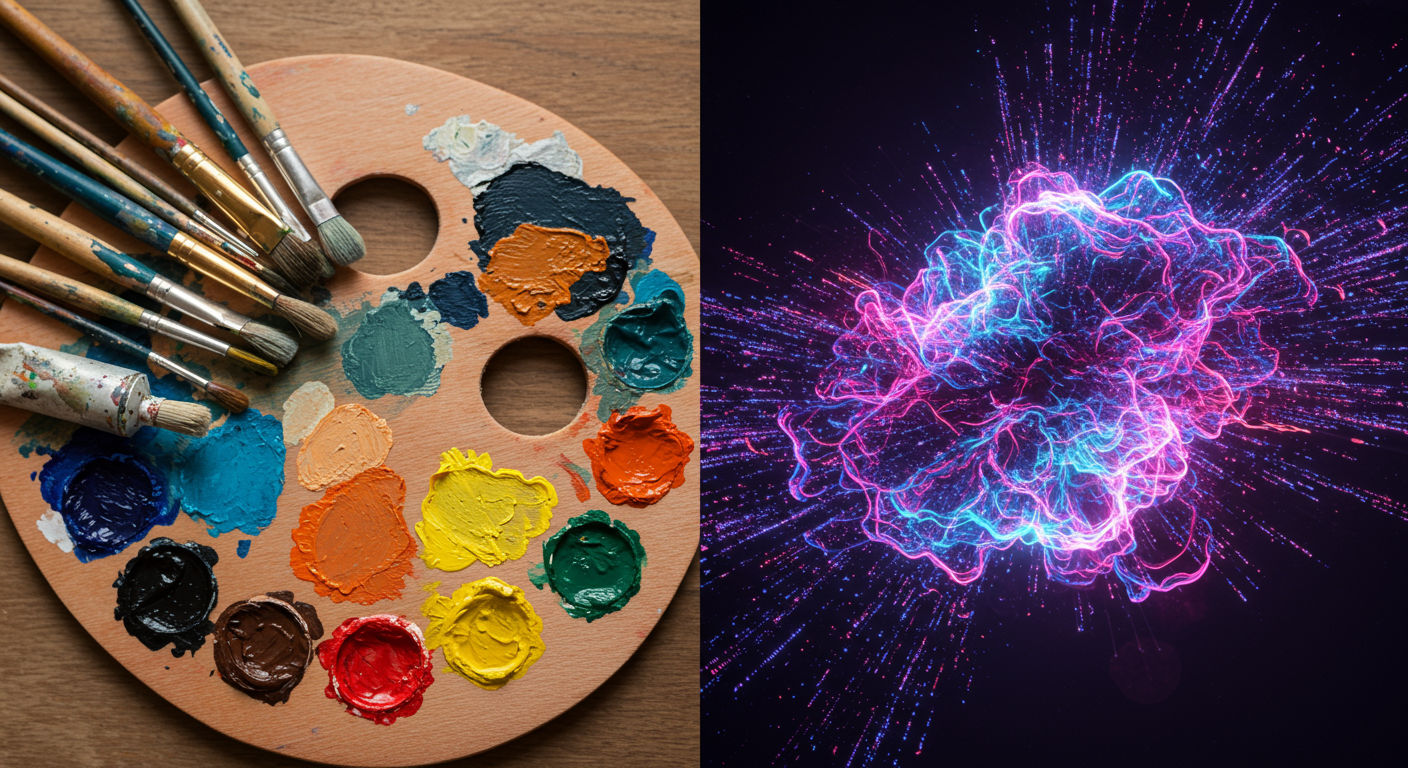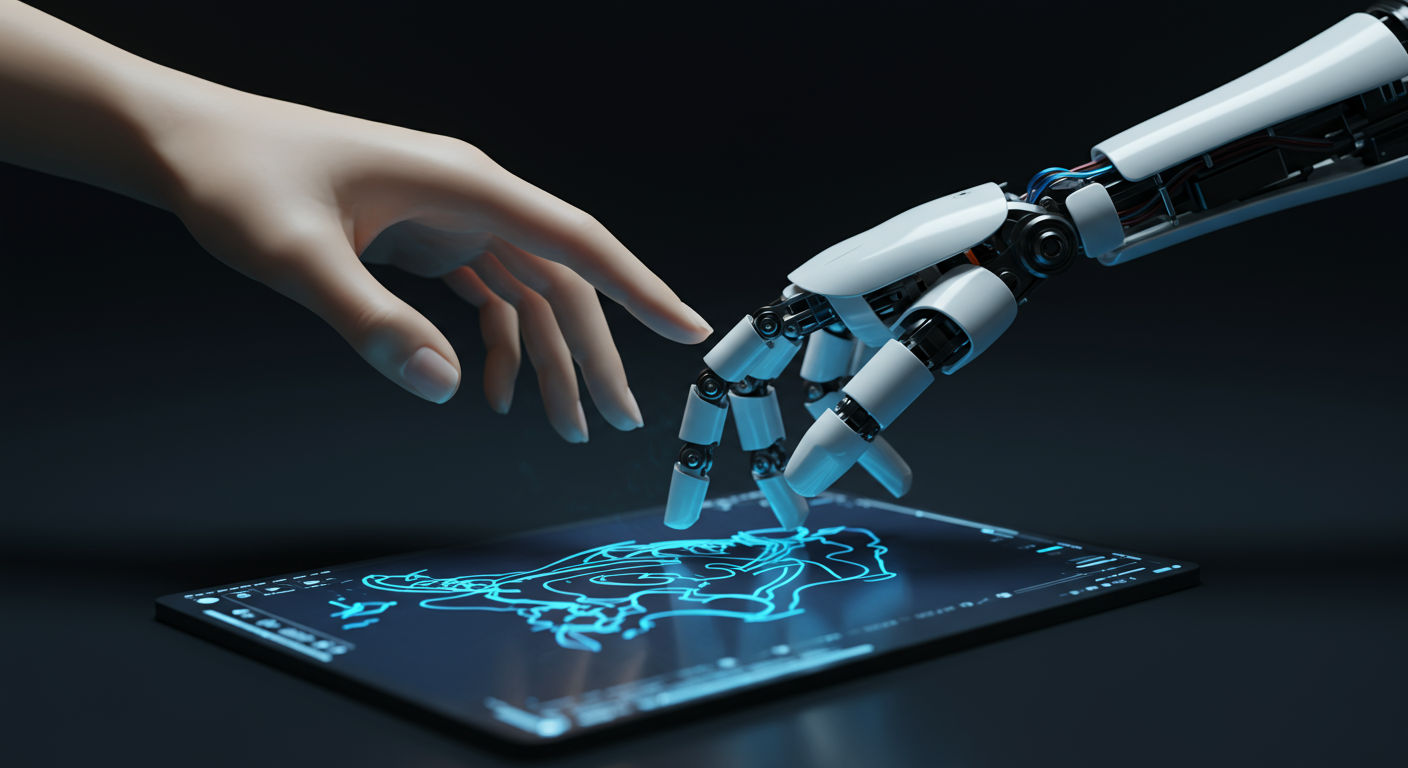Who Owns AI Art? Copyright & Legal Realities Explained
The rise of sophisticated AI art generators like Midjourney, DALL-E 2, and Stable Diffusion has thrown a fascinating, and frankly complex, wrench into the gears of traditional copyright law. Suddenly, stunning visuals can be conjured with a text prompt, leading to a crucial question: who actually owns the copyright to AI-generated art? This isn't just an academic debate; it has profound implications for artists, businesses, and the very definition of creativity.
Understanding the Basics: What is Copyright?
Before diving into the AI conundrum, let's quickly refresh. Copyright is a legal right granted to the creator of original works of authorship, including literary, dramatic, musical, and certain other intellectual works. In most jurisdictions, including the United States Copyright Office, a fundamental requirement for copyright protection is human authorship. This is where the AI art debate truly ignites.
The Current Legal Stance: The "Human Authorship" Hurdle
As it stands, the prevailing legal view, particularly emphasized by the U.S. Copyright Office, is that a work created solely by an autonomous AI system, without sufficient human creative input or control, cannot be copyrighted. The reasoning is simple: copyright law is designed to protect human creativity.
- No Copyright for AI as Author: An AI, being a tool and not a legal person, cannot be an "author" in the eyes of the law. Attempts to list AI systems as authors have been consistently rejected.
- The "Mere Tool" Argument: If a human uses AI like a sophisticated paintbrush or camera – providing significant creative direction, selecting outputs, and modifying them – then the human may be considered the author. The AI is merely a tool, much like Photoshop or a camera. The critical factor is the degree of human creative control.
- The Case of "Zarya of the Dawn": A graphic novel by Kris Kashtanova initially received copyright registration, but the U.S. Copyright Office later partially cancelled it for the images, stating that while the text and arrangement were Kashtanova's, the Midjourney-generated images themselves were not products of human authorship. This case highlighted the nuance: the *prompt* itself might not be enough for authorship of the image.
- Théâtre D’opéra Spatial: This artwork, generated by Jason M. Allen using Midjourney, won a prize at the Colorado State Fair. While it sparked debate, the Copyright Office later clarified that works like these, where the AI significantly determines the expressive elements, are not copyrightable by the human prompter without substantial modification or original arrangement by the human.
If not the AI, then who could potentially claim ownership? Several parties are involved in the creation of AI art:
- The AI User/Prompter: This is the person who writes the text prompts, sets parameters, and curates the output. Their claim strengthens if they can demonstrate significant creative input beyond just a simple prompt, such as iterative refinement, detailed instructions, or substantial post-generation editing. However, just typing "a cat in a hat" is unlikely to grant copyright over the resulting image.
- The AI Developer/Company: The creators of the AI model (e.g., OpenAI for DALL-E, Stability AI for Stable Diffusion). They own the copyright to the AI software itself, but generally, their terms of service dictate usage rights for generated images. Many current platforms grant broad usage rights (even commercial) to the user for the images they generate, but this doesn't automatically mean the user holds the *copyright* in the traditional sense if the "human authorship" bar isn't met for the image itself.
- The Public Domain: If no human author can be identified according to copyright law, the work may fall into the public domain. This means it's free for anyone to use, modify, and distribute. This is the default for works purely generated by AI without sufficient human creative intervention, according to current U.S. Copyright Office guidance.
Key Factors Influencing Copyright in AI Art
The legal landscape is still evolving, but several key factors are emerging as crucial in determining potential copyrightability:
- Level of Human Creative Input: This is paramount. Was the AI simply following a command, or was there a substantial, iterative, and creative dialogue between the human and the AI? Did the human make significant selections, modifications, or arrangements?
- The Nature of the Prompt: A highly detailed, imaginative, and specific prompt might be seen as more creative input than a generic one. However, the prompt itself might be copyrightable as a literary work, separate from the image.
- Post-Generation Modification: If a user takes an AI-generated image and significantly alters it using traditional digital art tools (e.g., Photoshop, Procreate), adding their own original creative expression, the modified version could qualify for copyright.
- Terms of Service: Always check the terms of service of the AI platform you are using. These agreements often outline who can use the generated images and under what conditions, even if they don't confer formal copyright ownership. For instance, some platforms might assign you all rights they *could* assign, while others might claim some rights or restrict certain uses.
- Jurisdictional Differences: Copyright law varies by country. While the "human authorship" requirement is common, interpretations and upcoming legislation might differ. For example, discussions around "neighboring rights" or sui generis rights for AI-generated content are happening globally. Some countries, like the United Kingdom, have had provisions for computer-generated works, though their application to modern AI is also under scrutiny.
Ethical Considerations and the Road Ahead
Beyond the legal nuts and bolts, there are significant ethical questions:
- Impact on Human Artists: How will the proliferation of easily generated art affect professional artists and illustrators?
- Training Data: AI models are trained on vast datasets, often including copyrighted images. The legality and ethics of this training process are subjects of ongoing lawsuits and debates. The concept of transformative use is often invoked but is highly fact-specific.
- Authenticity and Deepfakes: The ability to create realistic but fabricated images raises concerns about misinformation and authenticity.
The legal and ethical frameworks are struggling to keep pace with the rapid advancements in AI technology. We will likely see more specific legislation and landmark court cases in the coming years that will further clarify the ownership and rights associated with AI-generated content. Some legal scholars in places like Berlin are actively contributing to these global discussions.
Practical Advice for Creators and Users
Given the current uncertainty, here's some practical advice:
- Assume No Copyright (for now): If an image is purely AI-generated with minimal prompting and no significant human modification, it's safest to assume it may not be protected by copyright and could be in the public domain, or that your rights are governed solely by the AI tool's Terms of Service.
- Document Your Creative Process: If you are heavily involved in guiding, curating, and modifying AI outputs, keep records of your prompts, iterations, and editing steps. This could be crucial in demonstrating human authorship.
- Read the Terms of Service: Understand the rights granted to you by the AI platform. This is your primary agreement regarding usage.
- Focus on Adding Human Value: The more you modify, combine, or use AI-generated elements as part of a larger, original human-created work, the stronger your claim to copyright in the final piece.
- Consider Licensing: If you want to use AI art commercially, ensure the platform's terms allow it. If you're an artist incorporating AI, be clear about its use.
- Stay Informed: This field is changing rapidly. Follow news from copyright offices and legal experts like Electronic Frontier Foundation who often report on these developments.
Conclusion: A Shifting Landscape
The question of who owns AI-generated art doesn't have a simple answer right now. Current copyright law heavily leans on the principle of human authorship, meaning works solely created by AI without significant human creative control are unlikely to receive copyright protection. The user's role, the specifics of the AI tool's terms, and the degree of human intervention are all critical factors. As AI continues to evolve, our legal frameworks and understanding of creativity will undoubtedly need to adapt. For now, transparency, a clear understanding of terms of service, and a focus on demonstrable human creative input are key for anyone navigating this exciting and challenging new frontier.


